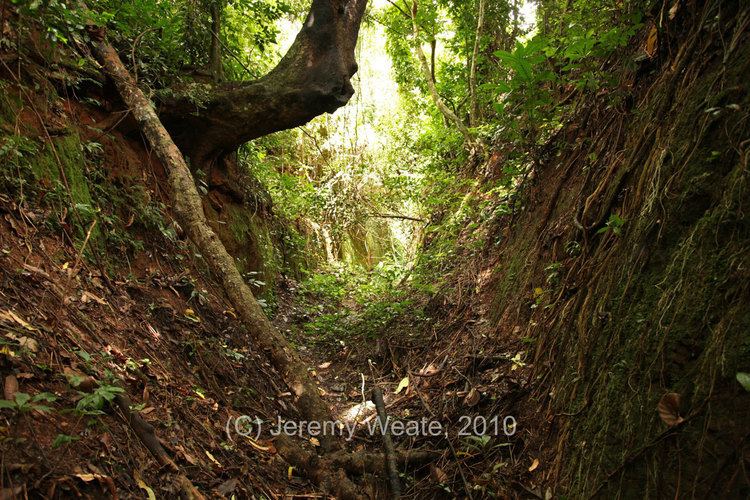 | ||
Sungbo s eredo unedited
Sungbo's Eredo is a system of defensive walls and ditches that is located to the southwest of the Yoruba town of Ijebu Ode in Ogun State, southwest Nigeria (6.78700°N 3.87488°E / 6.78700; 3.87488). It was built in honour of the Ijebu noblewoman Oloye Bilikisu Sungbo.
Contents
- Sungbo s eredo unedited
- Sungbo s eredo ruins nigeria
- Description
- History
- World Heritage status
- References

Sungbo s eredo ruins nigeria
Description
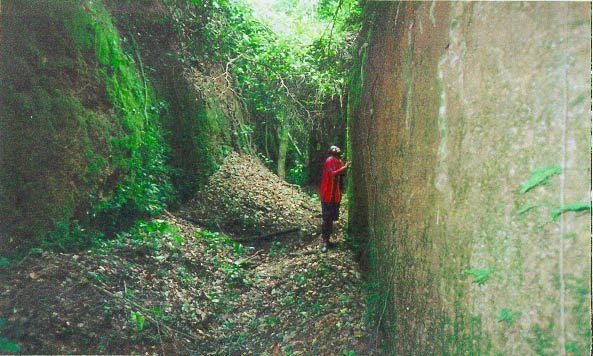
Total length of fortifications is more than 160 kilometres (99 mi). Fortifications consist of a ditch with unusually smooth walls and bank in the inner side of ditch. The height difference between the bottom of the ditch and the upper rim of the bank on the inner side can reach 20 metres (66 ft). Works have been performed in laterite, a typical African soil consisting of clay and iron oxides. Ditch forms an uneven ring around the area of the ancient Ijebu Kingdom, an area approximately 40 kilometres (25 mi) wide in north-south, with the walls flanked by trees and other vegetation, turning the ditch into green tunnel.
History
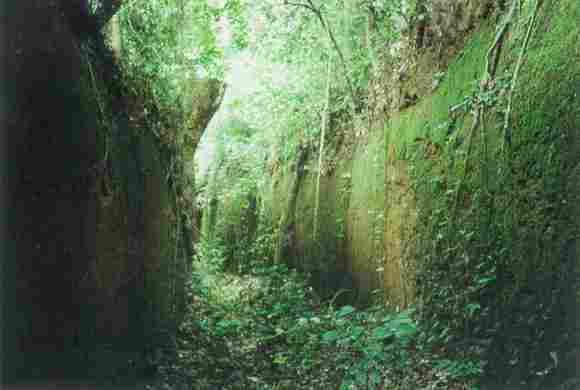
The Eredo served a defensive purpose when it was built in 800–1000, a period of political confrontation and consolidation in the southern Nigerian rainforest. It was likely to have been inspired by the same process that led to the construction of similar walls and ditches throughout western Nigeria, including earthworks around Ifẹ̀, Ilesa, and the Benin Iya, a 6,500-kilometre (4,000 mi) series of connected but separate earthworks in the neighboring Edo-speaking region.
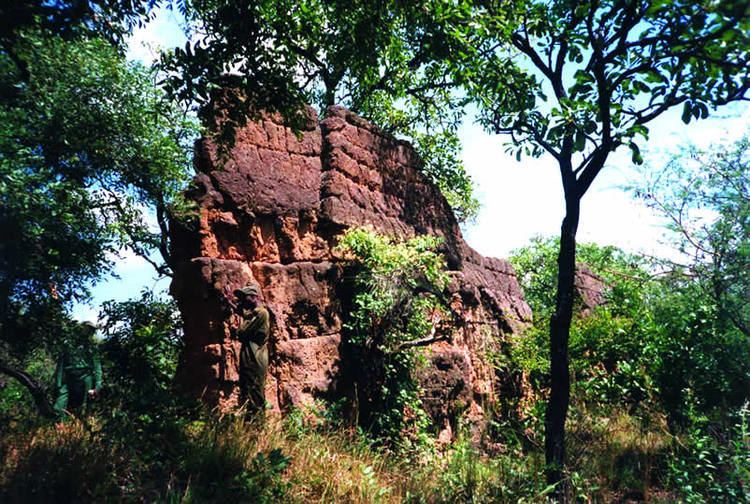
Sungbo's Eredo has also been connected with the legend of the Queen of Sheba which is recounted in both the Bible and Quran. In the Hebrew Bible, she is described as having sent a caravan of gold, ivory and other goods from her kingdom to Solomon. In the Quran she is an Ethiopian sun-worshiper involved in the incense trade who converts to Islam; commentators added that her name was "Bilqis". Legends of the contemporary Ijebu clan link the Eredo to this fabled woman, a wealthy, childless widow named Bilikisu Sungbo. According to them, the monument was built as her personal memorial. In addition to this, her grave is believed to be located in Oke-Eiri, a town in a Muslim area just north of the Eredo. Pilgrims of Christian, Muslim and traditional African religions annually trek to this holy site in tribute to her. Recently, archaeology has continually proven that the time of reign of the biblical queen is not in tandem with the chronology of the massive earthwork. Apparently, the archaeology of Sungbo Eredo is a pointer to the presence of large polity before the opening of the atlantic trade.
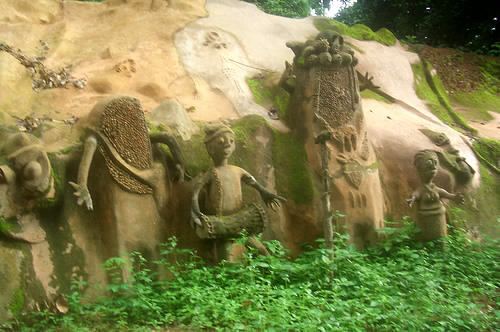
It is believed that the Eredo was a means of unifying an area of diverse communities into a single kingdom. It seems that the builders of these fortifications deliberately tried to reach groundwater or clay to create a swampy bottom for the ditch. If this could be achieved in shallow depth, builders stopped, even if only at the depth of 1 meter. In some places small, conical idol statues had been placed on the bottom of the ditch.

The impressive size and complex construction of the Eredo drew worldwide media attention in September 1999 when Dr Patrick Darling, a British archaeologist then with Bournemouth University, surveyed the site and began publicizing his bid to preserve the Eredo and bring the site some prominence. Previously, the Eredo had been little-known outside of the small community of residents and specialists in Yoruba history. Forty years passed between Professor Peter Lloyd's publication of his analysis of the site and that of Darling, but it still served to necessitate a complete rethinking of West Africa's past.
World Heritage status
This site was added, along with the Iya of Benin, to the UNESCO World Heritage Site Tentative List on 1 November 1995 in the Cultural category.
